India’s history is filled with incredible stories, thriving cultures, religions, and civilizations. Ancient India’s civilization is one of the oldest civilizations on earth and has had a profound impact on history.
The first civilization that existed in India was the Harappan civilization, also known as the Indus civilization. It was estimated that the civilization developed between 2600 BCE and 1900 BCE. The Harappan civilization is considered one of the earliest civilizations along with Mesopotamia and Ancient Egypt. Here’s a quick look at that period.
Harappan Civilization

The Harappan civilization had the largest population and territory as compared to the other civilizations that ever existed. Almost of all early civilizations, the Indus civilization developed around the dank river valleys where the farmers could grow a massive food surplus along the banks of the Indus river. The Indus or Harappan civilization mainly consisted of two large cities Harappa and Mohenjodaro. The population was approximate to be 23,500–35,000 in Harappa and 35,000–41,250 in Mohenjo-Daro.
One of the defining features of Harappan civilization and culture is how well-planned their cities were, and they tended to focus on three main aspects.
- Water and drainage system
- Standard of living
- City planning
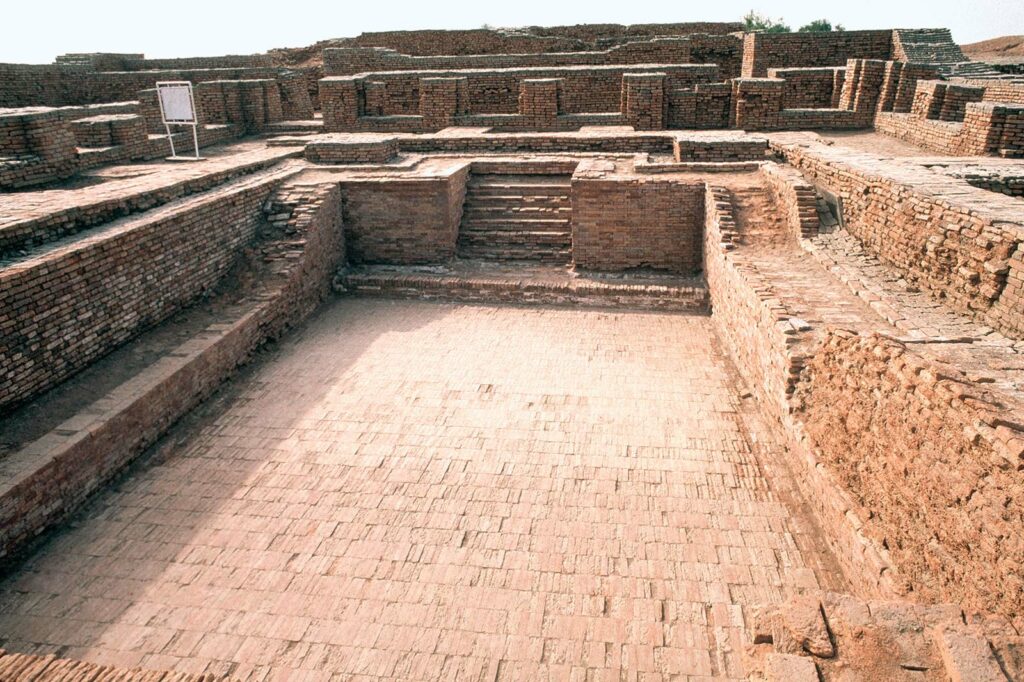
Water, drainage, and bathing held an almost religious significance in the Harappan city planning. Every Harappan home had a dedicated bathing room, used daily. Harappans have encouraged eyelets in almost every house. There were usually big pots sunk into the floor although some of Mohenjo-Daro had seats. Like an early septic tank, toilet waste was disposed of into the drains and then out of the city. The Harappans had multi-story buildings when the water had to be drained from. Upstairs drains are often built inside or alongside the walls. This safely brought water and waste from higher floors down to street level drains without soaking people below, which would have been a hazard.
The End of the Harappan Civilization
The cause that put an end to the Harappan civilization is still unknown, and no one has a uniform theory on it. The decline of civilization probably occurred in many stages, and theories of complete eradication of civilization in one go are possibly hypothetical. However, the end of the city of Mohenjo-Daro is sudden. It was attacked by who were believed to be Indo-European speakers who swept over the city and then passed on, leaving the dead lying where they fell.
The Vedic Period
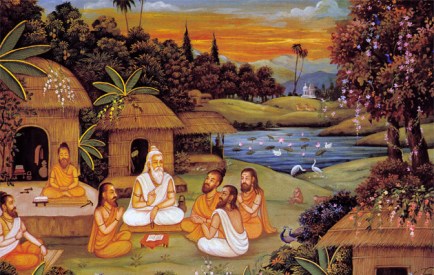
After the Harappan civilization, the following known civilization to leave a mark on Indian history books was the Vedic Aryans. These people were initially migrants who spoke an early form of Sanskrit. The Vedic civilization is responsible for spreading its culture over a large portion of India. The Vedic people share a social system as they extended their reach; this system was made up initially of three tires: brahman or priest, the Kshatriya or warrior, and the vaishya or commoner.
The Aryans entered India through central Asia as nomadic people and first came in contact with the Harappan civilization; they later start spreading their culture throughout India. All the information about the Vedic civilization is obtained through the Vedas, which were written between (c. 1500 – c. 1000 BCE). There are four Vedas’ in all, the Rigveda, the Yajurveda, the Samaveda, and the Atharvaveda. The period when Vedas were written or when the Vedic life thrives is called the Vedic age, which lasted roughly between c. 1500 – c. 500 BCE. It is divided into two major parts.
- Early Vedic age (1300-900 BCE)
- Later Vedic age (c. 800–c. 500 BCE)
The Aryans have divided into tribes; the tribes were cattle breeders and were called Janna or Vish; the Vedic king or Rajan was the leader of the tribe. He protected his people from the enemies, maintained law and order offered prayers on behalf of the tribe. The Aryans were a fiercely social group of people; the family or Kul was the basic unit of their society; the father was the head of the family and was called Grahapati. Several families formed a village in the early Vedic society women were highly respected; they attended assemblies and public meetings and could also choose their husbands through a ceremony called Swayamvara. The Ancient Scholars like Patanjali and Kathyaina mentioned that women were educated on par with men.
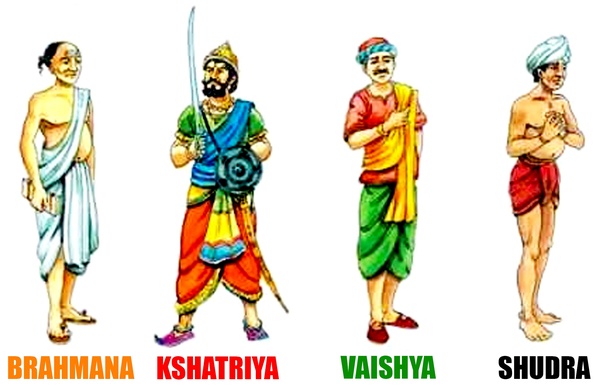
Let’s talk a bit about the social classes during the Vedic period. The Rigveda tells us about three social classes based on the kind of work that they did. The Brahmanas, or priests, performed worship for the welfare of the king and the people. The Kshatriyas, or warriors, protected the people. The Vaishyas comprised the common for the shudra class emerged by the end of the Vedic period. There was another class of people called the Dasas. These were probably the descendants of the Harappan people, who served their Aryan masters.
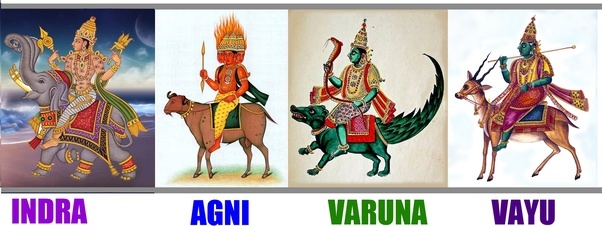
The Aryans were primarily pastoral people; they feared nature and regarded it as sacred. The sun, wind, and rain became their gods and goddesses. Indra was the god of thunder, Agni was fire, Vayu was the wind, and Surya was the sun god. Aryan thinking dominated the Indian subcontinent for a good 1400 years and influenced a lot of the Indian culture present today.
The Rise of Kings and Kingdoms

After the Vedic age comes to an end, people from other parts of the world also traveled and settled across different regions of India. Indo-Aryan people in northern India transition from semi-nomadic to settling an agricultural living in northern-western India. Around the 6th century BCE, urbanization had begun, and small political units consolidated into large kingdoms called Mahajanapadas. As urbanization started rapidly, the wealth and prosperity of the Indian sub-continent attracted the attention of foreign powers like the Cyrus II of the Persian Achaemenid Empire.
The Persians invaded India in 530 BCE, northern India (current Pakistan and Afghanistan) was firmly under the control of Persians.
Persia had sheer dominance over northern India until the reign of Alexander the Great, who invaded India after the fall of Persia. After crossing the river Indus, he advanced towards Taxila, where he challenged King Porus. Porus was defeated but showed a great fight; impressed by the techniques and bravery of Taxila King, Alexander allowed him to retain his reign and appointed him as Macedonian subordinate ruler. But the reign of Alexander’s empire did not stand after his death, hence giving rise to India’s Mauryan empire.
Mauryan Empire (322-185 BCE)

After the departure of Alexander the Great, the Mauryan empire gained power in India under the rule of Chandragupta Maurya. The Mauryan empire is believed to be the first Indian imperial power. Chandragupta Maurya defeated and made several alliances with different dynasties. Due to his exceptional leadership quality, Chandragupta Maurya was the first king to be called Maharajadhiraja, which means ‘king of kings’. He later started targeting the weaker region towards northern India after the departure of Alexander. Chandragupta’s son, Bindusara (r. 298-272 BCE), continued to extend the empire throughout almost the whole of India.
Ashoka the Great
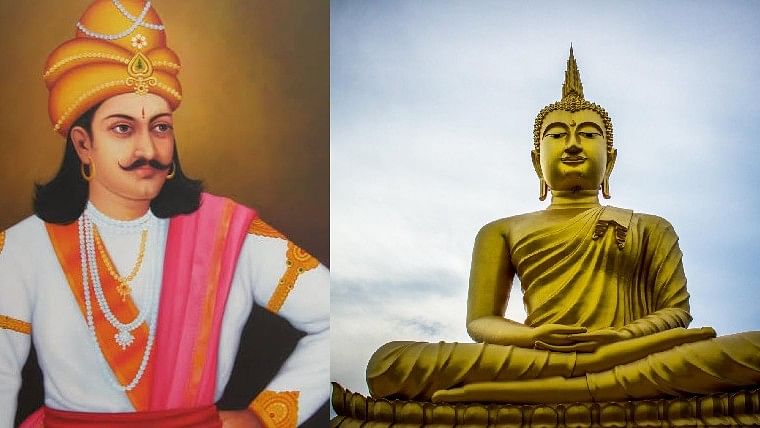
The son of Bindusara Ashoka the Great, under whose rule, the Mauryan empire reached a new height. Ashoka, like his father, extended the empire, but only Ashoka was a great ruler; he was also a great administrator. As he continued his policy of expansion and conquest, which not only gained him wealth and territory but also made him among the greatest kings of India. In the year 262 BC, the massive Mauryan army marched into the kingdom of Kalinga; their past successes would likely have made them confident of an easy victory, but the king and his army faced a tough grinding conflict against the doggedly courageous enemy. It is said that Ashoka eventually won the war not because Kalinga surrendered but because the carnage was so terrible after the final battle, the victorious monarch stood amongst his dead and dying foes on the battlefield.
Shocked at the destruction and death, Ashoka embraced the teachings of the Buddha and took a path of violence and peace. But due to the unwillingness of participating in any violence and war, the neighboring powers began to overrule the empire. Hence the prosperous Mauryan Empire declined after the death of Ashok the great.
Gupta Empire

The Mauryan empire declined and was splintered into smaller kingdoms that fought for many years to achieve dominance. The only noticeable empire after the Mauryan empire was the Kushan Empire which was exceptionally good at trading with foreign regions like China, Persia, and Rome. After the Kushan empire, the Gupta empire became the face of northern India during the classical age, and the majority of the region was united under their authority during what is often described as northern India’s golden age.
The reign of the Gupta empire is regarded as a time of law and order as well as cultural flourishing; the rulers of the empire were no strangers to the military expedition but aimed to expand their territory through peaceful means such as martial alliances no less than through military action.
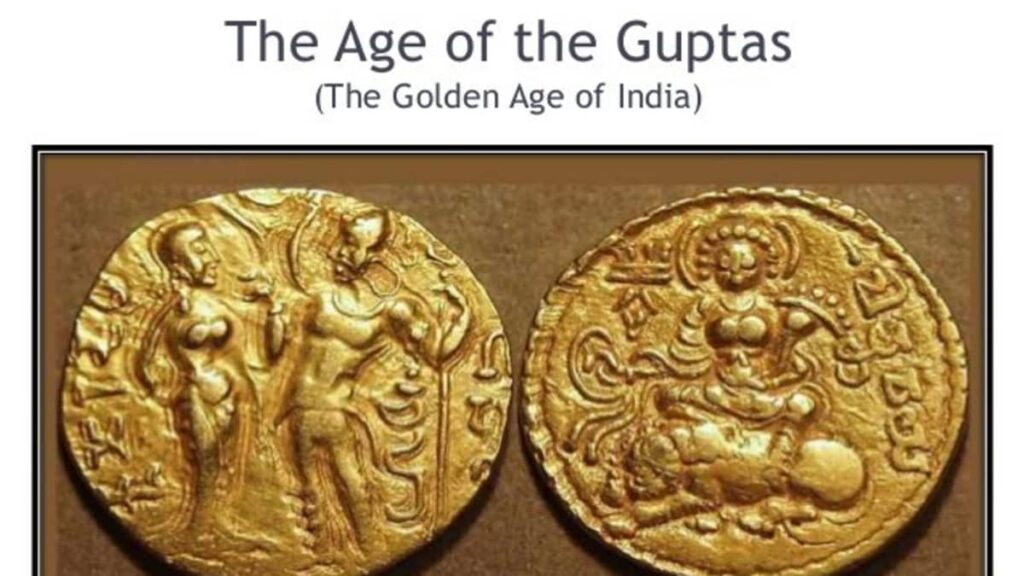
The Gupta Empire was founded by Shri Gupta, who ruled over 240-280CE. The Gupta empire played a major role in shaping India’s Cultural, Regional, Philosophical, Science, Architecture, and Religious aspect. India flourished economically and culturewise during the Gupta Empire. The Gupta Empire slowly come to an end due to weak leaders and soon collapsed in 550CE.
After the decline of the Gupta empire, no ruler was able to achieve significant power over India. Soon, due to inner conflicts and lack of unity among the kingdoms, India again fell under foreign rule.

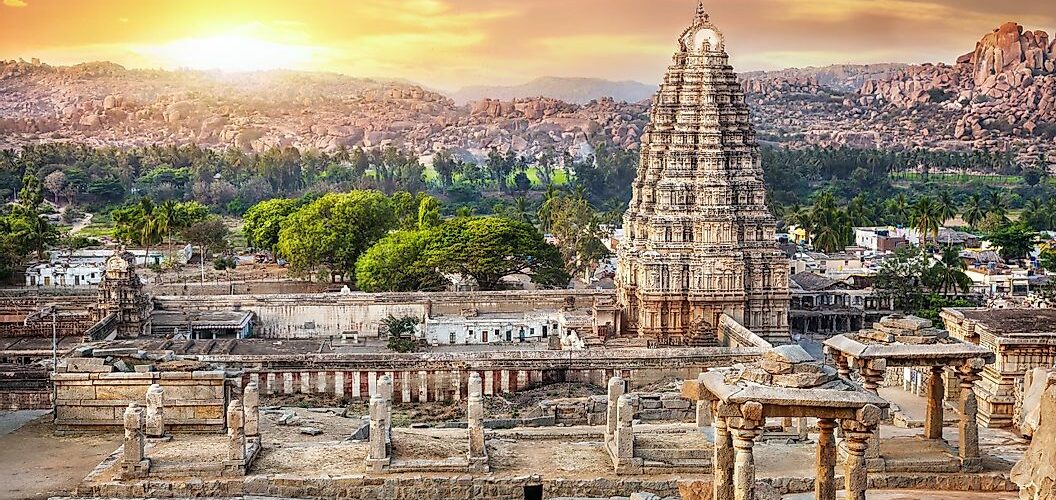


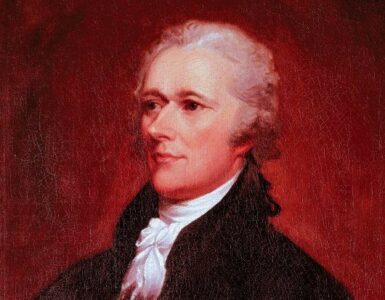
Add comment